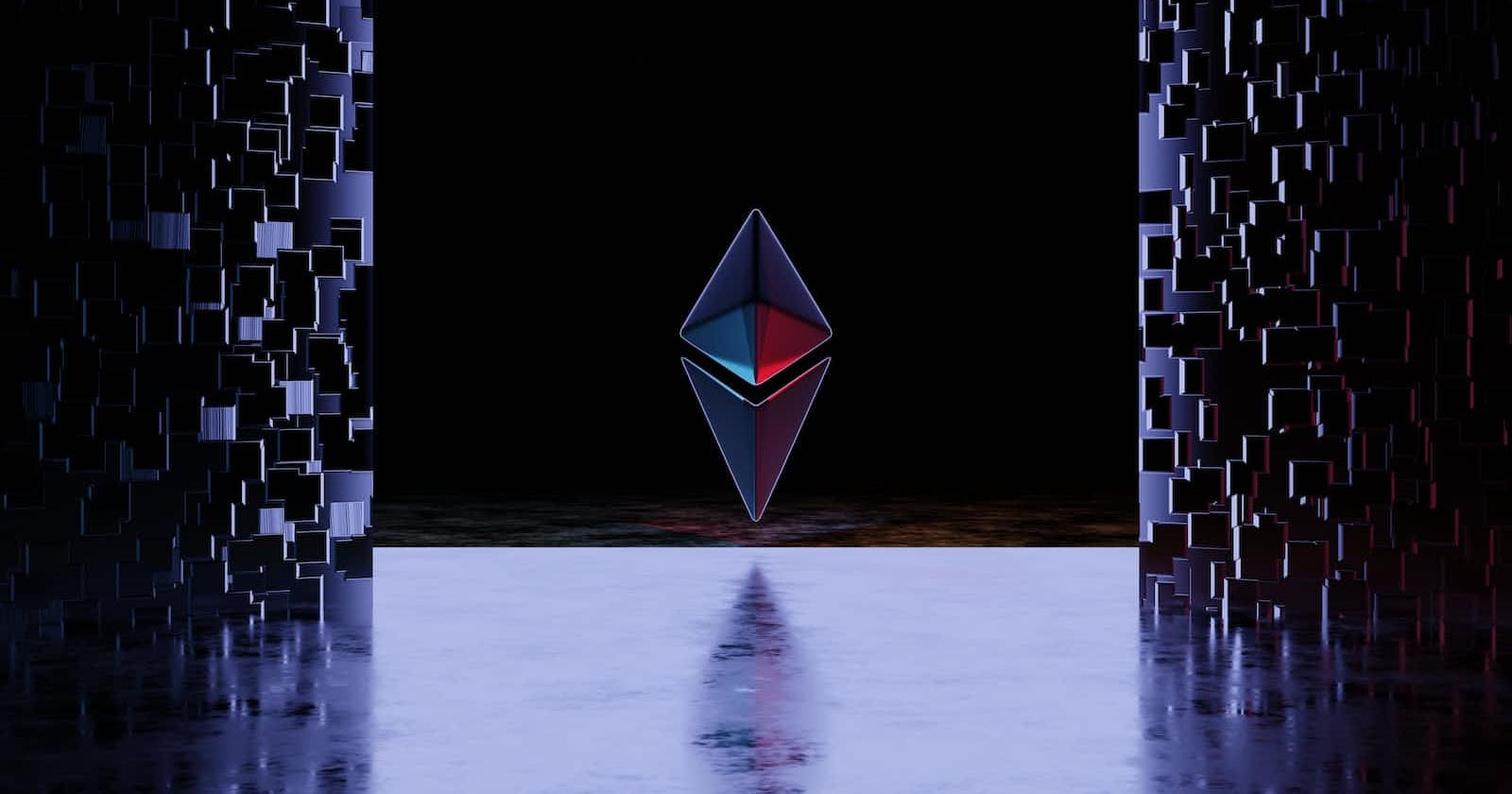“Separate chains, yet bound together”.
The blockchain landscape has evolved tremendously since the inception of Bitcoin in 2009. One of the latest trends in this arena is the cross-chain phenomenon. But is the future indeed cross-chain? Let’s delve deep into this topic.
Why Is the Future Cross-Chain? Is It?
The essence of blockchain technology lies in its decentralized nature, which ensures security, transparency, and immutability. However, as multiple blockchain platforms emerged with varied purposes and functionalities, the need for interoperability has become increasingly evident.
Interoperability and Collaboration: A cross-chain future envisions different blockchain platforms working in tandem rather than in isolated silos. This interoperability facilitates a smoother transfer of assets, data, and value between different chains.
Diverse Applications: Different blockchains have distinct specialities. For instance, Ethereum excels at smart contracts, while Bitcoin is a pioneer in decentralized digital currency. Cross-chain mechanisms allow the integration of the best features from various chains.
Scalability and Efficiency: With the growth of the blockchain ecosystem, single chains may face scalability issues. Cross-chain solutions can delegate tasks to other chains, ensuring better efficiency and scalability.
Is This Beneficial f or All Blockchains?
The short answer is: mostly yes, but not universally.
For Mature Blockchains: Established blockchains like Ethereum or Bitcoin can benefit as they can leverage the unique features of emerging chains without building those features natively.
For Newer Blockchains: Emerging blockchains can gain more rapid adoption by integrating with well-established networks.
However, Not All Blockchains Will Benefit Equally: Chains with very niche utilities may find fewer advantages in a cross-chain system unless there’s a direct need for their specific services.
Is This Beneficial for All People? Should We Support It?
Cross-chain benefits extend beyond the technological realm:
Users: They will have a seamless experience. Assets and data can move between blockchains smoothly without the need for complex workarounds or third-party services.
Developers: They can tap into resources from multiple blockchains, which can foster innovation and new applications.
Institutions: Traditional institutions looking to integrate blockchain into their systems might find a cross-chain world more adaptable to their complex needs.
However, like all technological advancements, support should be contingent upon understanding the potential risks and downsides.
Drawbacks of Cross-Chain
Complexity: Implementing cross-chain solutions can be complex, requiring sophisticated protocols and technologies.
Security Concerns: More integration points might introduce vulnerabilities if not properly secured.
Standardization Issues: Without industry-wide standards, cross-chain can become a fragmented effort with reduced overall effectiveness.
Economic Implications: Token value dynamics could be impacted, potentially leading to unforeseen economic consequences.
Conclusion
The cross-chain future promises a more integrated, efficient, and innovative blockchain ecosystem. While the advantages are many, it's essential to approach this future with caution, understanding both the immense potential and the associated challenges. As with any technological paradigm shift, early adoption, and informed support can be the difference between harnessing its power or getting swept away in its wake.

